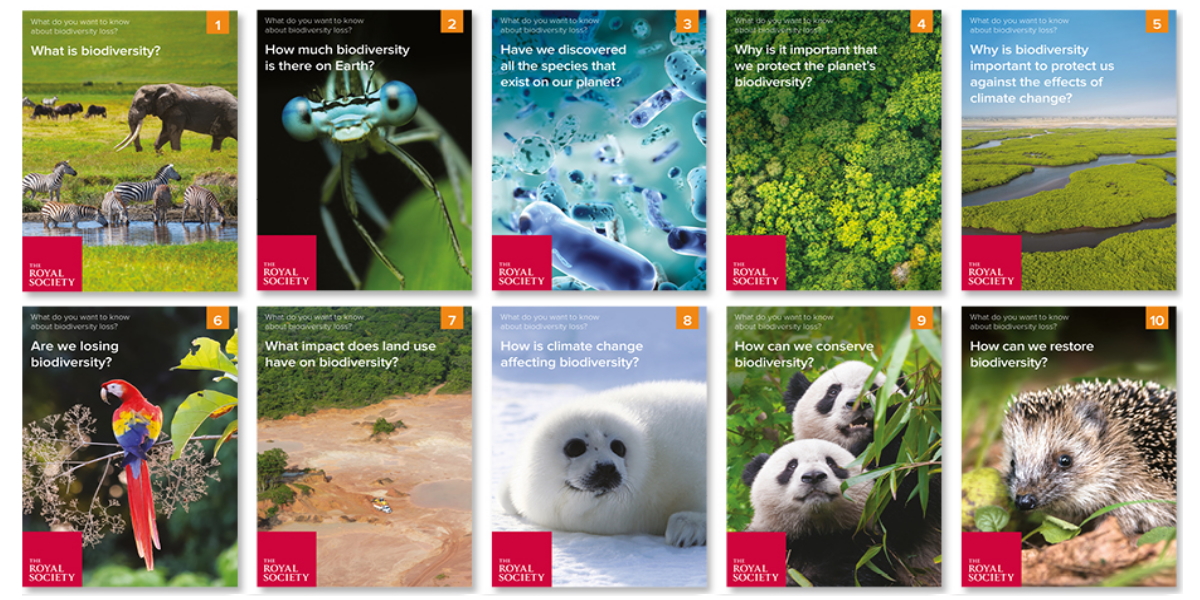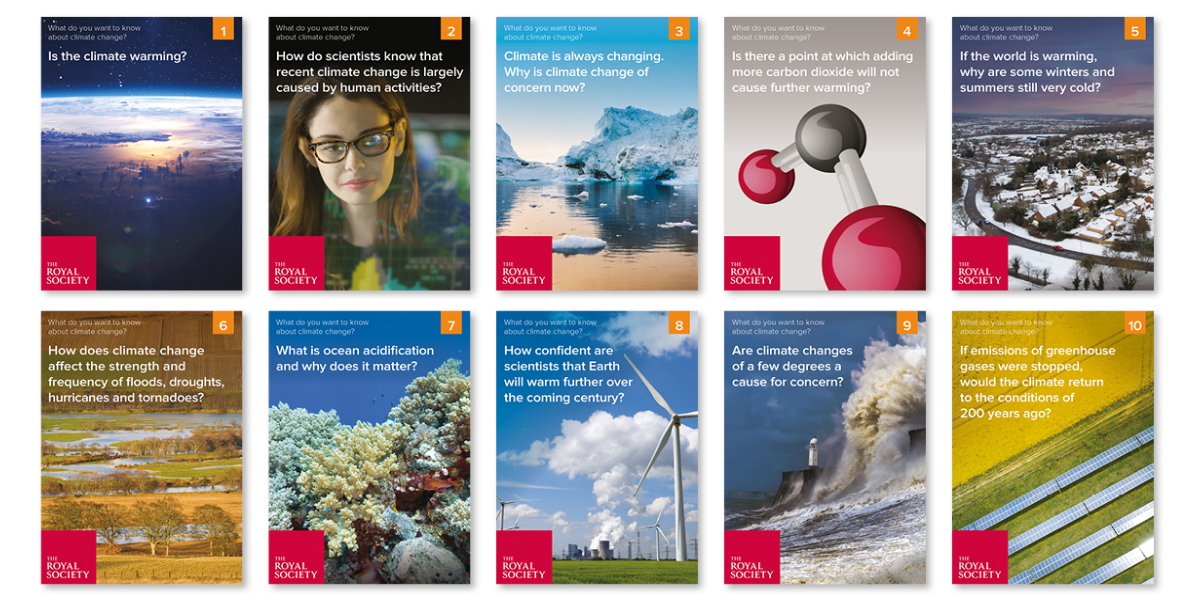Filters
Clear allSubject
- Careers (4) Apply Careers filter
- Climate Change (2) Apply Climate Change filter
- Computing (17) Apply Computing filter
- Creative arts and media (1) Apply Creative arts and media filter
- (-) Remove Cross curricular filter Cross curricular
- Design and technology (27) Apply Design and technology filter
- Engineering (10) Apply Engineering filter
- Food Preparation and Nutrition (7) Apply Food Preparation and Nutrition filter
- Leadership (1) Apply Leadership filter
- Mathematics (24) Apply Mathematics filter
- Personal development (1) Apply Personal development filter
- Science (87) Apply Science filter
- STEM Clubs (1) Apply STEM Clubs filter
Age range
Type
- Activity sheet (53) Apply Activity sheet filter
- Article (1) Apply Article filter
- Audio (5) Apply Audio filter
- Experiment (1) Apply Experiment filter
- Group work (4) Apply Group work filter
- Image (2) Apply Image filter
- Information sheet (18) Apply Information sheet filter
- Interactive resource (5) Apply Interactive resource filter
- Open-ended task (1) Apply Open-ended task filter
- Poster (7) Apply Poster filter
- Presentation (46) Apply Presentation filter
- Research (3) Apply Research filter
- Self assessment (1) Apply Self assessment filter
- (-) Remove Teacher guidance filter Teacher guidance
- Video (21) Apply Video filter
- (-) Remove Include Physical Resources filter Include Physical Resources
Showing 106 results
Helen Walker and Karen Ashforth from Birley...
This Double Crossed activity, from the Centre for Science Education and supported by the Astra Zeneca Teaching Trust, is set during World War Two. There is a mystery to solve, following an air raid, and students will need to use both science and history skills to get to the bottom of it. They are expected to...
This activity away from the computer is from the Barefoot Computing project. It is intended to provide a theoretical understanding of why and how variables are used in computer programming, using the example of score-keeping in a classroom quiz. Involving several volunteers from the group, the activity uses...
This activity shows how Earth observation can be used to study human geography by comparing the satellite images of Las Vegas over the last few decades. Linking to measurement of irregular areas and addition and multiplication of fractions, it asks children to measure the area of Las Vegas at three separate times...
Aimed at students aged 5-14 years, this pack contains a range of different activities based on the theme of waste. The activities cover a mixture of topics including: the environment and pollution, recycling, separating materials, waste degradation, and digestion. Designed for use in class or within a science week...
This activity uses satellite images of the Earth to show how a glacier has changed over almost three decades. Children are asked to measure the glacier to find out how much it has changed in size and to compare false-colour images to suggest how this helps us find out more about environmental change. Guidance on...
This activity looks at water consumption on a local and global scale. Students learn about the main water contaminants and various methods of purification and the role of engineers and their approach to design challenges. The resource aims to inspire an interest in water conservation and to introduce students to...
In this set of activities, children learn the difference between weather and climate. They identify different climatic zones and collect their own weather data. They analyse and compare daily and monthly air temperature measurements. Finally, they learn about different climate scenarios and identify what it means...

These evidence-based, question and answer style classroom resources can be used to engage students of all ages...

These evidence-based, question and answer style classroom resources can be used to engage students in the climate...
In this activity children take on the role of Earth observation scientists submitting a request for an image they would like for their research. This gives them the opportunity to consider the possibilities of pictures taken from orbit (and the limitations) and to write scientifically for a specific audience. It...
This activity supports learning in science and English, using the context of Dr Edward Jenner’s work on developing a vaccine for Smallpox. Children learn how, through vaccination, Smallpox became the first and only human disease to be eradicated. They look at what other vaccines exist today and the current battles...
This resource supports learning in literacy and drama and science, all based around the life of Edward Jenner. After watching a short film, children discuss some of the main differences between plays and films, beginning to think in terms of cinematic storytelling. They use their scientific and historical...
This resource allows pupils to explore ways in which plants reproduce without seeds. Through this lesson plan and supporting PowerPoint pupils learn about asexual reproduction in plants, have the opportunity to research different ways that this can be artificially used by growers and can consider the advantages and...
These resources offer a series of activities to use alongside the six books which have been shortlisted for the Young People’s Book Prize 2022. The activities include investigations and experiments related to various topics, such as materials and structures, biodiversity, micro-organisms, water and food waste as...
